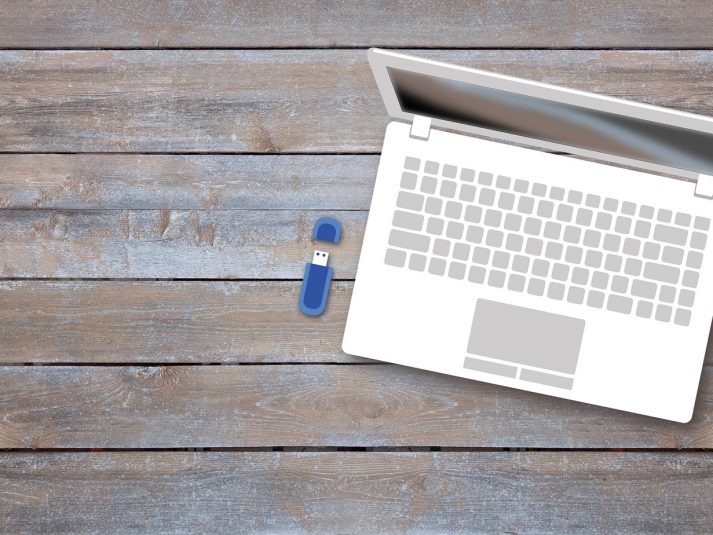Mobile development has boomed since the Apple Store launching almost ten years ago. Since then, all sort of industry businesses are actively involved in delivering solutions to our problems.
The majority of those apps rely on the powerful features that our smartphones are offering to us. GPS, Bluetooth, NFC, Gyroscopes, Temperature, Cameras, Infrared are some among them. On the other hand, Web Browsers are catching up by using some of those technologies too.
But, is it really necessary to build the solution for the smartphone? Not always, as we will see together a few lines down.
It is essential to analyse all the aspects of the future system with a user-centric approach.
The main question, and the most important one, for any new digital development, is who is the final user? This question will lead us to the “why’s” and “how’s” your user will use to find a solution to his/her problems.
But how to identify the “why’s”? The best way is to through away all your assumptions and carefully listen to your early adopters. Ask them why is so important to have a solution, the urgency degree of it, if he/she is already using other tools to solve the problem… you should know everything.
Once you identify all the aspects of your solution you can translate in the real world and then identify which tech, Web or Mobile, to go for.
I give an example: KARAOLINK is a French DJ group specialised in weddings and small parties. One of their most successful services is the karaoke one.
Karaoke was born in Japan around the 60s and the way you ask the DJ to sing the next song did not change that much! Post-its, paper lists, enormous songbooks…
They approach me as they had a strong belief that it was the time to digitize the process. Easy access to the whole songs list, choice and booking. the song, waiting list, a reminder for your turn… Obviously, the original demand was: We need a Mobile App!
The principal question is: how many times your user will use your app? Is it going to be less than once per week? If the answer is yes then you probably do not need an app!
We identified the following features:
- Quick access (no downloads, no sign in required)
- Easy song list browsing (by title/singer/year/genre…)
- Singers waiting list (turn notifications)
By analysing all previous features and the original budget, we clearly went to build the first version using Web technology.
Firstly, because the user will access quicker to the tune lists by avoiding downloading an app from the stores, signing in and so on. By simply scanning a QR code, the user is already browsing the DJs karaoke songs.
Secondly, DJs can rapidly make changes in their system and adapting to the singers’ needs. WebApps do not need to be published on the app stores (iOS/Android) beforehand.
Moreover, DJs have the ability to manage at will the order of passage (removal of a singer, change of the order of passage …) Each session will be charged only to the DJs per session bases. All payments system is automated using the Paypal gateway.
By making the WebApp choice, KARAOLINK has a very agile product to hit the market and they are currently testing it and gathering data before the next update.
In this case, budget and features have driven the choice of the technology to deploy the system and not the opposite way around. It is essential to analyse all the aspects of the future system with a user-centric approach.
Do you need your own Web App or Mobile App? We can create it. Check how by clicking here








